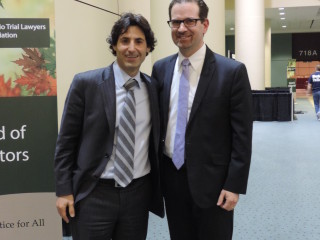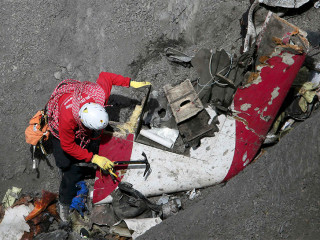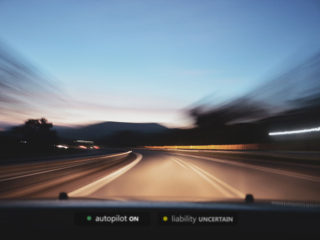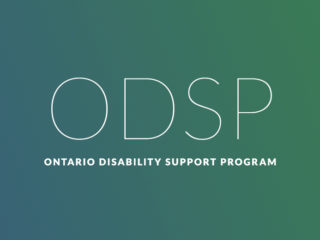The 2015 Ontario budget announced on April 23, 2015 brings sweeping changes to the auto insurance accident benefits system. Catastrophic and non-Catastrophic funding limits were slashed, and drastic revisions to the definition of “catastrophic impairment” were proposed. There will be a huge procedural change as well; disputes under the Statutory Accident Benefits Schedule (“SABS”) will no longer be subject to the jurisdiction of the Financial Services Commission of Ontario (“FSCO”). Instead, the Licence Appeal Tribunal (“LAT”) will assume responsibility for accident benefits disputes under the SABS.
The LAT is not a new tribunal. It has adjudicated decisions concerning various compensation claims and licensing activities regulated by several ministries of the Ontario government.
Related: List of statutes that provide for appeals to the LAT
Historically the LAT has not, however, dealt with auto insurance – or any insurance – matters. By contrast, since its inception in 1997, FSCO has been mandated to regulate the insurance sector and other financial sectors. Statutes that have been subject to FSCO include the Insurance Act, the Automobile Insurance Rate Stabilization Act, 2003, the Compulsory Automobile Insurance Act, and the Motor Vehicle Accident Claims Act – to name a few. FSCO’s Dispute Resolution Service (“DRS”) adjudicates disputes between individuals and insurance companies pursuant to the Statutory Accident Benefits Schedule (“SABS”).
Effective April 1, 2016, FSCO will no longer adjudicate new accident benefits disputes. The DRS will be eliminated and accident benefits disputes will now be adjudicated by the LAT.
The first stage of an accident benefits dispute consists of an Application for Mediation to FSCO. If mediation fails, then the insured may submit an Application for Arbitration. FSCO will then schedule a Pre-Hearing date, deal with pre-Arbitration motions and orders, and, finally, schedule an Arbitration date.
Any dispute that arises after April 1, 2016 will fall under the jurisdiction of the LAT. The aggrieved insured must complete an online Application to the LAT. Whereas FSCO Applications for Mediation were free, the LAT application comes with a $100 filing fee. The insurer must file a response within 10 days. A mandatory case conference is then scheduled with a LAT adjudicator, within an anticipated timeframe of 45 days from the date of the insurer’s response. The purpose of the case conference is to encourage the parties to settle the dispute; if that is not possible, then the LAT adjudicator will determine whether, going forward, the dispute will be subject to an oral in-person, electronic or written hearing, or a combination of these three formats. The expectation is that a hearing will take place within 60 days from the date of the case conference. The overall expected timeline for resolution is 6 months.
Ongoing arbitrations will not be transferred from FSCO to the LAT. That is, those disputes that have been mediated with FSCO, and an Application for Arbitration has been filed and there is a FSCO Arbitration case number assigned, will remain with FSCO. However, if a dispute has been mediated with FSCO, but no arbitration commenced as of April 1, 2016, the matter will fall under the LAT’s jurisdiction. The party will be required to continue the adjudicative process with the LAT.
The LAT has rules and procedures in place already, but has made some changes to accommodate auto insurance disputes. An “appeal” under the new LAT rules includes “an Automobile Accident Benefits Service Claim”, which is an application to the Tribunal seeking resolution of a dispute involving statutory accident benefits.
Further details regarding the LAT adjudicative process will be forthcoming by the province in March. One of the concerns expressed by those in the industry include the fact that the LAT will not be bound by the wealth of caselaw established by FSCO arbitrators. Further, LAT adjudicators do not necessarily have a specialty in accident benefits legislation, and given the complexities and historical numerous incarnations of the SABS, this can be problematic; it is possible that many FSCO arbitrators and mediators will move to the LAT to continue their adjudicative function.
Another by-product of these new changes is that effective April 1, 2016, claimants can no longer pursue their accident benefits dispute by way of a court action. Any matter mediated before April 1, 2016 can still form the subject of a lawsuit. The existing information made available by the province of Ontario does not indicate if the lawsuit must be commenced before April 1, 2016, or if a lawsuit can be commenced after April 1, 2016 so long as the dispute was mediated with FSCO before April 1, 2016. Hence, if an insured wishes to commence a lawsuit against the accident benefits insurer, then to err on the side of caution a Statement of Claim should be issued by no later than March 31, 2016.
 On March 7th, OTLA published a bulletin to the Blog detailing its concerns regarding the LAT transition.
On March 7th, OTLA published a bulletin to the Blog detailing its concerns regarding the LAT transition.















1 Comment